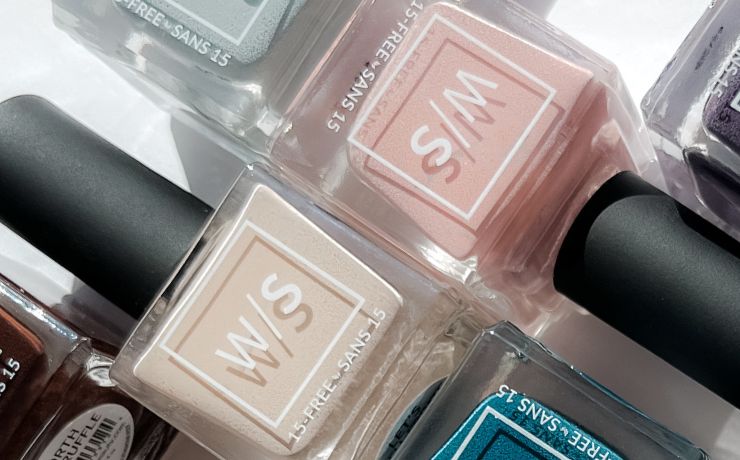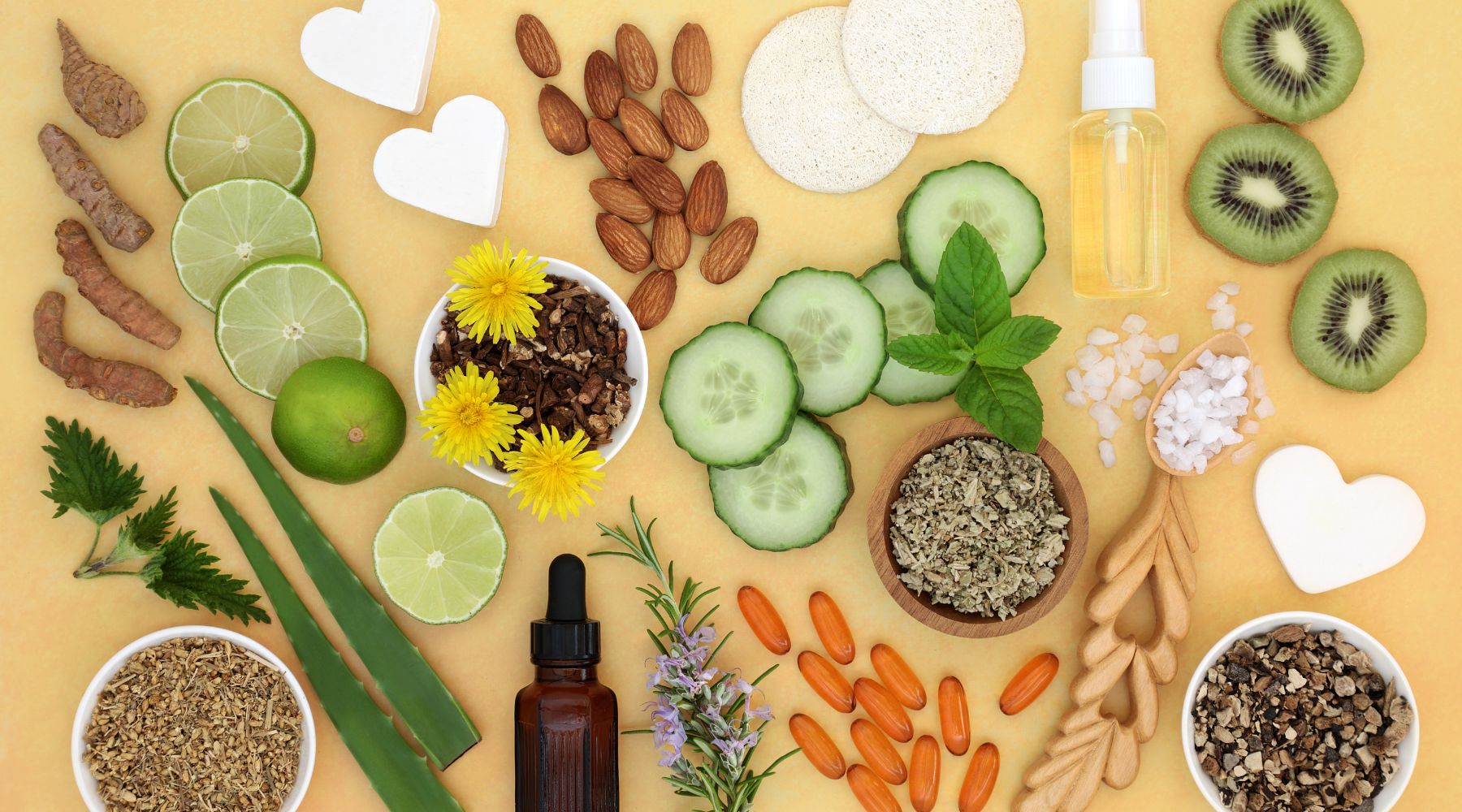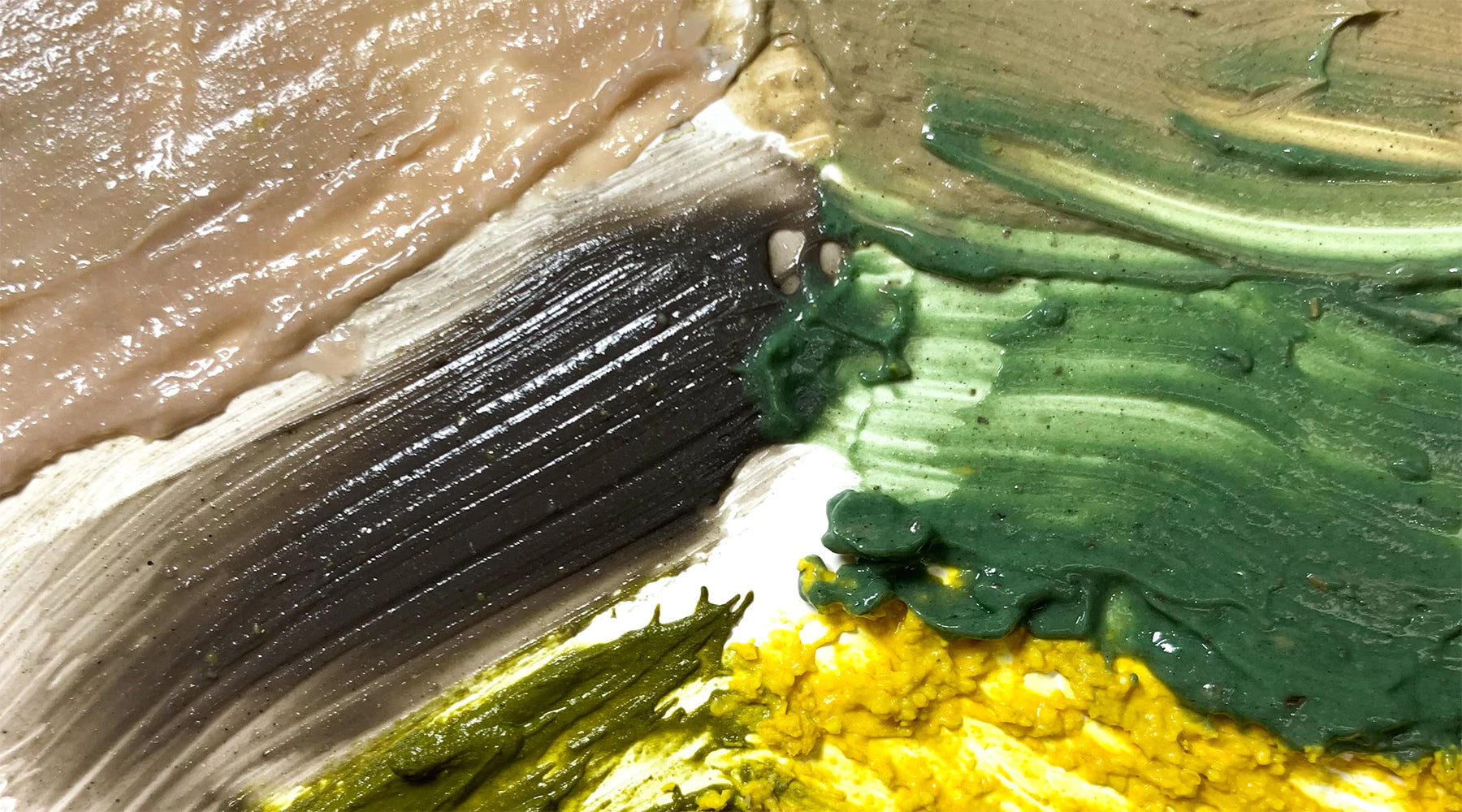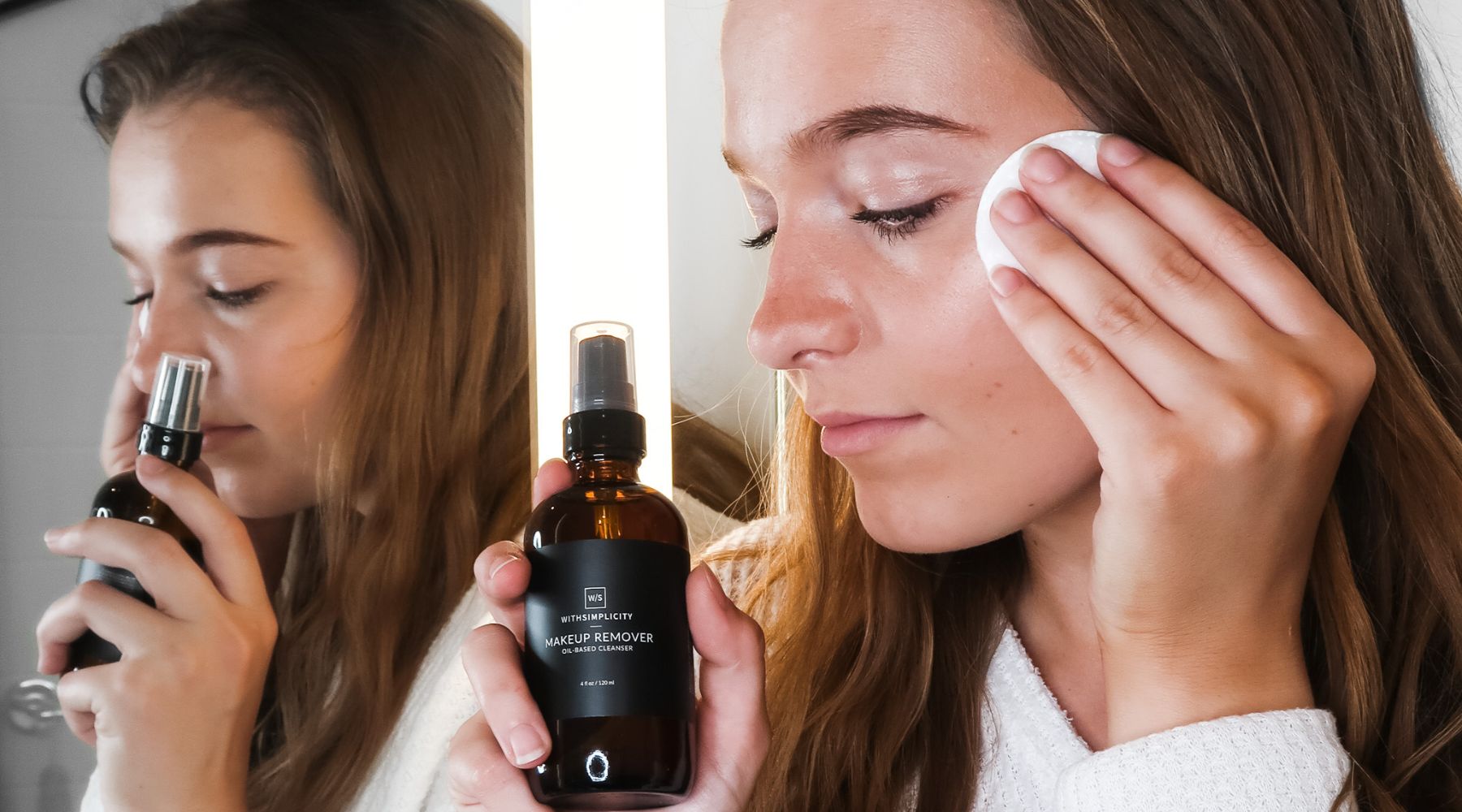withSimplicity | Updated May 30, 2023
WHY TALC IS DANGEROUS IN COSMETICS

If you haven't heard about the dangers of talc in cosmetic products (and other products as well), we're sorry to say it, but you've been missing out on extremely important information concerning your health!Talc is a widely used ingredient in many personal care and cosmetic products. It has been a subject of controversy and debate in recent years due to concerns regarding its safety, especially in cosmetics and baby powder.
What is Talc?
Talc is a naturally occurring mineral composed primarily of magnesium, silicon, and oxygen. It is classified as a clay mineral and is known for its softness and smoothness. Talc is formed through the metamorphism of certain rocks, particularly those rich in magnesium and silicate minerals.
In its purest form, talc is often described as a white or off-white powder with a greasy or soapy feel. This unique texture is attributed to its layered crystal structure. Each layer consists of sheets of closely packed talc particles that easily slide against one another, resulting in its characteristic slippery sensation.
The History of Talc in Cosmetics
The use of talc in cosmetics can be traced back to ancient civilizations such as Egypt, Greece, and China. The Egyptians, known for their elaborate beauty rituals, utilized talc as an essential ingredient in their cosmetics. Talc was finely ground into a powder and applied to the face and body to achieve a matte and velvety appearance.
With the advent of the Industrial Revolution, talc production and commercialization surged. The development of mining techniques allowed for larger-scale extraction, making talc more accessible and affordable. Cosmetic companies recognized the unique properties of talc, leading to its widespread inclusion in various products such as face powders, blushes, and body powders for its ability to provide a smooth and silky texture, enhance product performance, and absorb excess oil.
Asbestos Concerns with Talc
Asbestos concerns related to talc arise from the potential contamination of talc deposits with asbestos, a group of naturally occurring fibrous minerals known to be carcinogenic. Asbestos fibers are hazardous when inhaled or ingested and have been linked to serious health issues, including lung cancer, mesothelioma, and other respiratory diseases.
Even talc without signs of asbestos can be carcinogenic and toxic.
While talc itself is distinct from asbestos, both minerals can be found in close proximity in certain geological formations. As a result, talc deposits can sometimes contain asbestos fibers, which may pose a risk if talc-based products become contaminated during the mining and manufacturing processes.
Historically, there have been cases of asbestos-contaminated talc leading to health problems. For instance, concerns first arose in the 1970s when researchers discovered asbestos fibers in talc powders, including those used in personal care products and baby powder. These findings prompted regulatory agencies to impose stricter regulations and quality control measures to ensure the safety of talc-containing products.
To address asbestos concerns, regulatory bodies such as the U.S. Food and Drug Administration (FDA) and the European Union's Scientific Committee on Consumer Safety (SCCS) have established guidelines and standards to limit asbestos contamination in talc. Manufacturers are required to take measures to ensure the purity and safety of talc used in consumer products, including rigorous testing and quality control procedures.
Currently, Talc is not banned by the FDA in cosmetics. There are no regulations put in place. Faith is put in brands to make the right decisions when creating products.
This is concerning to us.
Rest assured knowing that all withSimplicity products are 100% free of Talc, Talcum Powder, and Magnesium Silicate (way Talc may be listed on a cosmetic label.)
How Does Talc Affect the Skin & Body?
There are a few skin concerns associated with talc-based products that some individuals may experience. It's important to note that these concerns are not universal and may vary from person to person.
However, if these is any chance of being exposed to asbestos, we recommend avoiding it!
- Inhalation Risks: While not a direct skin concern, the inhalation of talc particles can have implications for skin health. Fine talc particles can become airborne during application, and if inhaled, they may cause respiratory issues or lung irritation. Inhaling talc powder should be avoided, especially for infants, young children, and individuals with respiratory conditions.
- Skin Dryness: Talc has absorbent properties, which means it can absorb moisture from the skin. While this can be beneficial for those with oily skin, individuals with dry or sensitive skin may find that talc-based products contribute to further dryness.
- Skin Irritation & Sensitivity: ASome individuals may experience skin irritation or sensitivity when using talc-based products. This can manifest as redness, itching, or a rash.
- Clogged Pores & Acne: Talc is known for its ability to absorb excess oil, which can be beneficial for controlling shine and reducing the appearance of oily skin. However, in some cases, talc-based products can potentially clog pores and contribute to the formation of acne or exacerbate existing acne conditions. This is more likely to occur if the product is not thoroughly removed from the skin or if an individual is prone to clogged pores.
What are the Safer Alternatives to Talc in Cosmetics?
Fortunately, there are several safer alternatives available that offer similar properties and benefits. Here are some commonly used alternatives to talc in cosmetics:
- Cornstarch: Cornstarch is a popular talc substitute, especially in baby powders and body powders. It has excellent absorbent properties and can help absorb moisture, making it suitable for reducing friction and providing a dry feel on the skin. You can find it in our Dry Shampoo!
- Arrowroot Powder: Derived from the root of the arrowroot plant, it has absorbent qualities and can help control excess oil and moisture on the skin. Arrowroot powder is known for its lightweight and silky texture, making it a suitable alternative in powders, dry shampoos, and other cosmetic formulations.
- Rice Powder: Rice powder is a finely milled powder derived from rice grains. It is a gentle and lightweight alternative to talc, known for its oil-absorbing properties. Rice powder can help mattify the skin and reduce shine, making it a suitable choice for face powders, primers, and setting powders.
- Kaolin Clay: Kaolin clay, also known as China clay, is a naturally occurring mineral clay that is often used in cosmetics. It has oil-absorbing properties and can help control shine while being gentle on the skin. Kaolin clay is commonly found in face masks, foundations, and powders.
When opting for talc-free alternatives, it's essential to read product labels carefully and be aware of any potential allergens or sensitivities you may have. Additionally, conducting a patch test on a small area of skin before using a new product can help determine if you have any adverse reactions or sensitivities.





